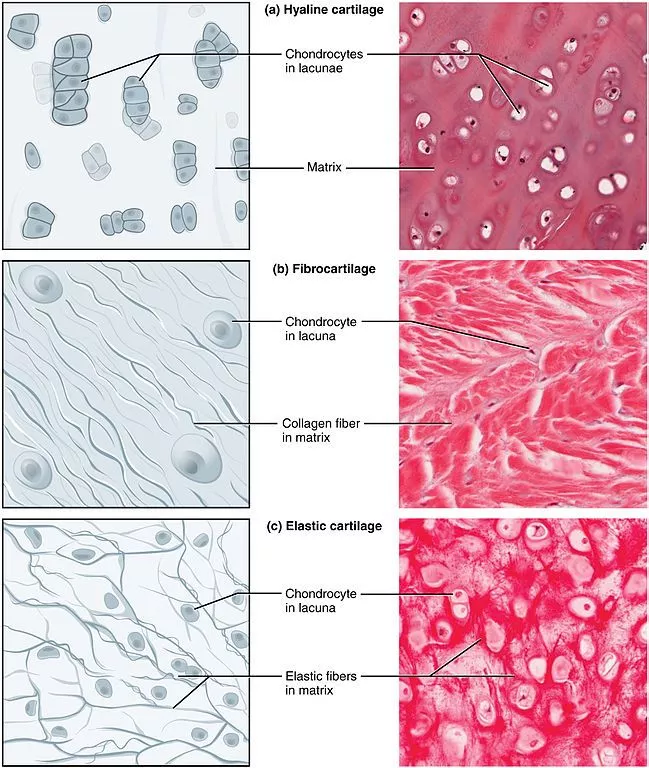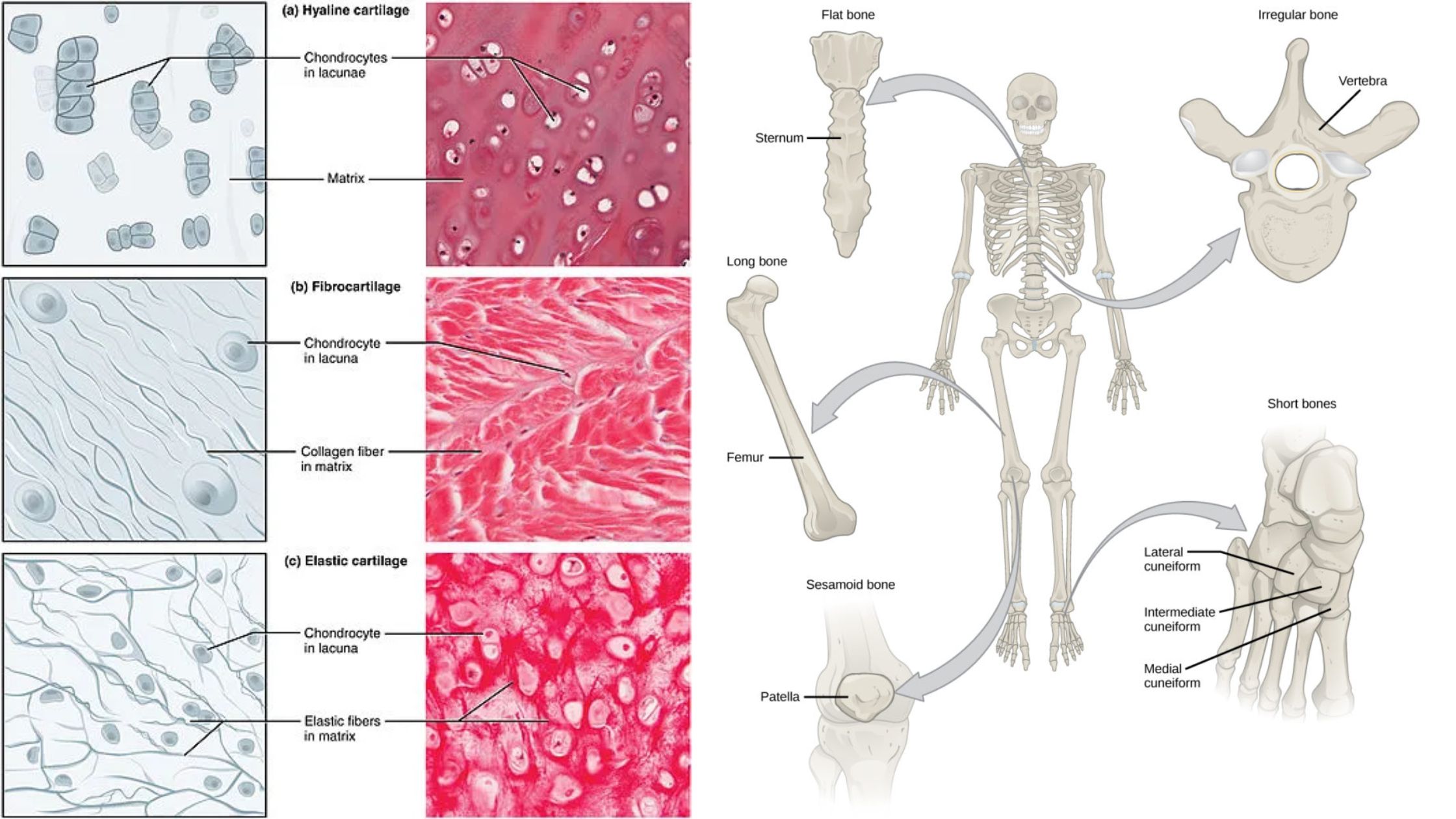Difference Between Coarse and Fine Adjustment
In the realm of technological devices and gadgets, customization to cater to user preferences is a ubiquitous feature. While most devices boast a single adjustment knob for each controlled element, there are instances where a more nuanced approach is taken, featuring two distinct knobs: coarse and fine adjustments. These two modes of adjustment offer users … Read more








